More than 250 instances of burning have been reported to RSPB Scotland through its specially designed app during its first season.
The nature conservation charity has announced a total of 262 cases of burning at moorland and grassland were reported within a six month period.
The “invaluable” Upland Burn Reporting App has been designed to allow the public to share records of recent and active burns, which gives the RSPB a “clearer picture” of what is happening in the uplands.
Recent data showed that 25 burns were reported in protected sites, while another five were recorded in national parks.
The burning season in Scotland runs from October to April and is used by shooting estates, farmers and crofters to manage grouse and livestock.
However, “rotational burning” or “muirburn” can also have an impact on landscapes and wildlife, causing damage to peat bogs and leading to the release of carbon dioxide.
Data will inform debates
It is estimated that 13.5% of Scottish emissions came from peatlands in 2021.
The Scottish Government has committed to banning burning in these areas and to introducing a licensing regime for burning taking place elsewhere.
Andrew Midgeley, senior land use policy officer, said the data collected will help inform debates about burning and land management.
He said: “This exercise has revealed some important information in that it appears that burning is taking place on deep peat, despite the code of practice saying that this should not happen.
“This suggests that the current light-touch regulation is not sufficient and supports the government’s planned approach of introducing stronger regulatory control of burning.
“RSPB Scotland supports the government’s proposed approach of banning burning on peatlands and introducing a licensing regime for any burning taking place elsewhere and we urge the government to deliver their proposed licensing scheme as soon as possible.”
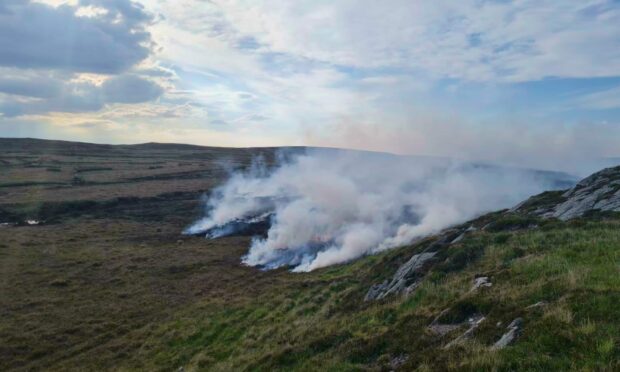
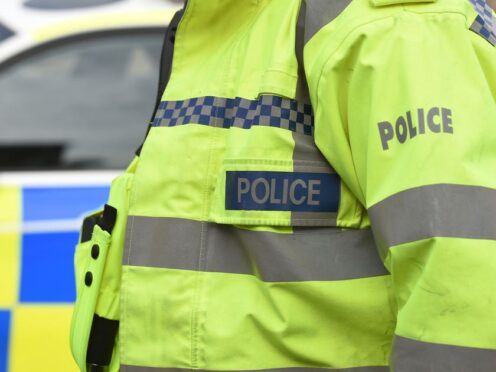
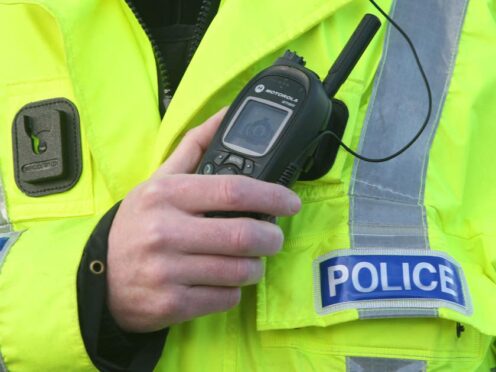
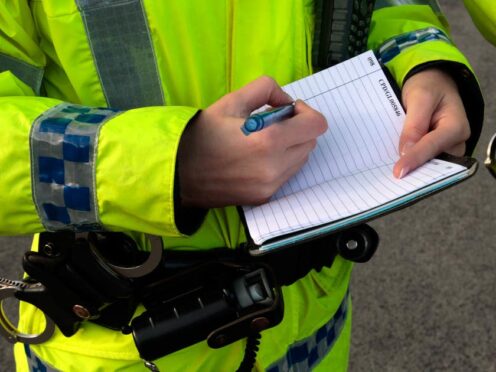
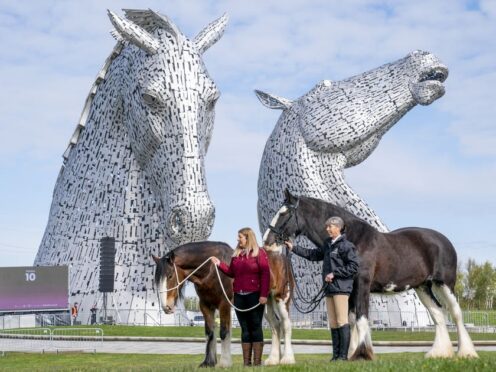

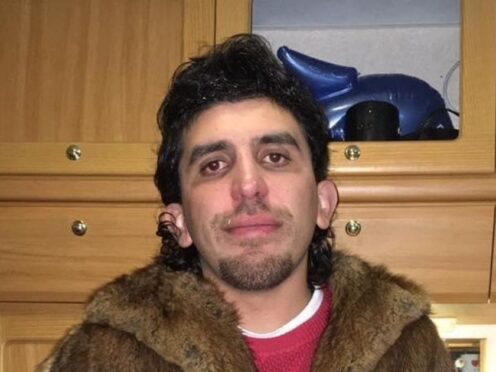
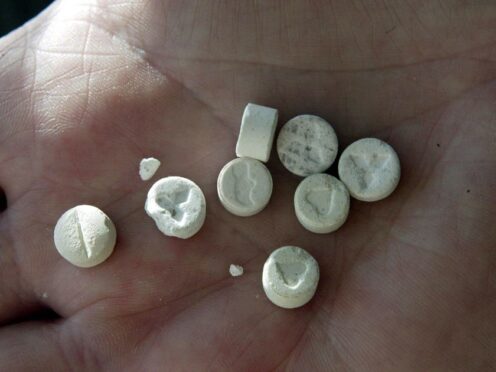


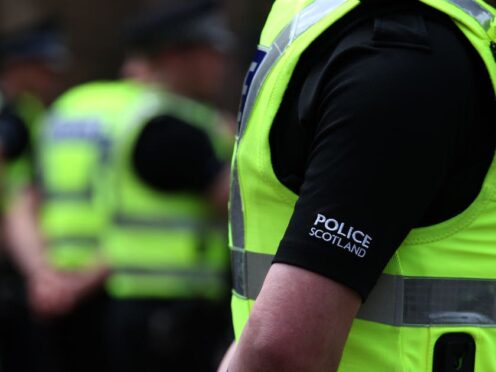
Conversation